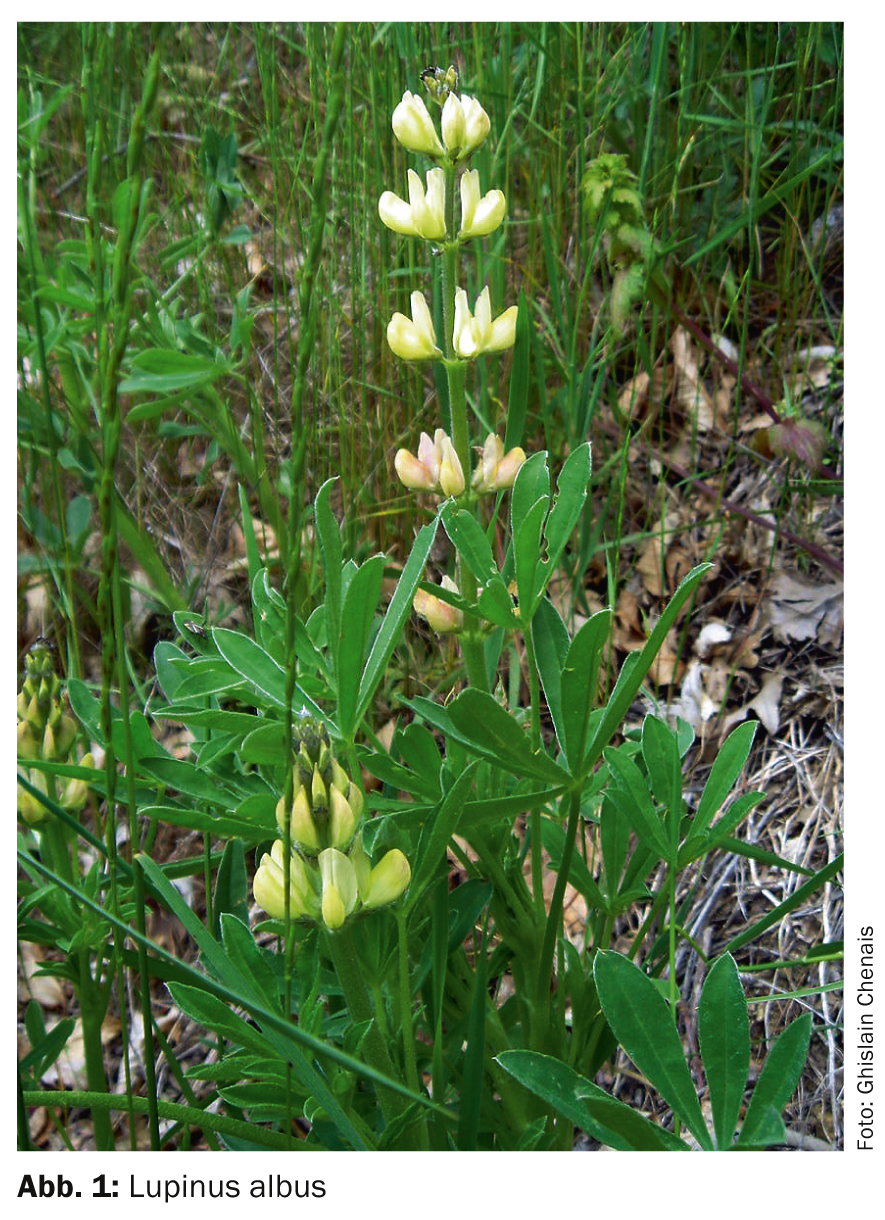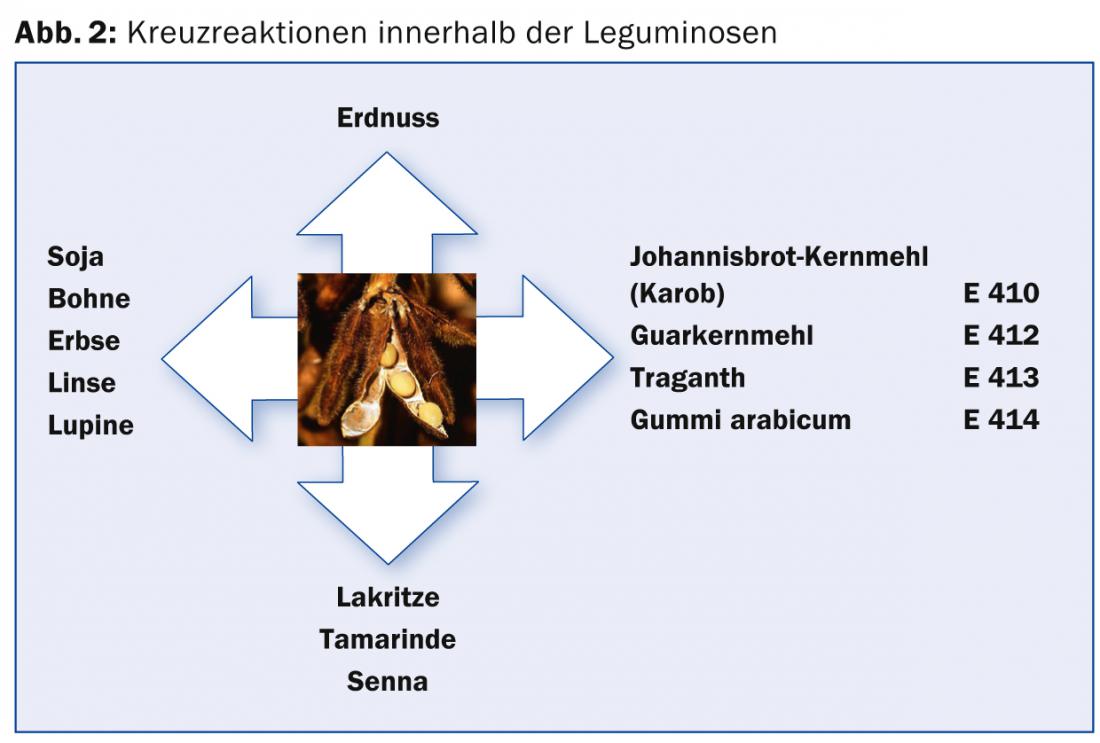Case history: The 49-year-old, non-atopic patient (no pollinosis, asthma or other allergies) had three episodes of allergic reactions within six months, all related to food intake, without concomitant physical exertion (i.e., no “food-dependent, exercise-induced anaphylaxis”) [1].
The first episode occurred after eating a pizza Margherita from a take-away. Nausea, pruritus, and generalized exanthema occurred 30 minutes after eating. She also had a swelling sensation in her throat. The administration of one ampoule of Tavegyl® i.v. and 100 mg Spiricort® per os resulted in a rapid regression of the symptoms.
The second episode occurred two months later after eating a “Guetzli” for celiac patients. The patient also experienced tachycardia and hot flashes and immediately took the emergency medications.
the third similar episode occurred six months after the first episode in Munich after eating a turkey with ingredients. This was followed by an allergological consultation in my practice at the Zollikerberg Hospital.
Assessment
The first episode after consumption of a take-away pizza reminded me of a severe case of “pizza allergy”, which I had diagnosed and published in 2003 at the allergy ward in the USZ [2], which is why I specifically performed the allergological work-up.
Allergological clarification
Prick tests with food and spices: With very strong or strong positive reactions to codeine phosphate (+++) and histamine (++) and negative reaction to glycerol control from the food series, there was a positive immediate reaction to peanut (+) and from the spice series to curry mixture. All other inhalant and food allergens tested were negative.
Serology (UNILABS):
- Total serum IgE: with 31.0 kU/l in the normal range (<100).
- Tryptase (marker of [okkulten] mastocytosis): with 6.4 μg/l in the normal range (>11.4).
- Specific IgE (RAST/CAP):
– Lupins (-seeds, -flour): clearly positive with 4.19 kU/l (CAP class 3) (norm <0.35 kU/l).
– Peanut: borderline positive at 0.63 kU/l (CAP class 1).
– Soybean, rGly m4, rTri α19-omega-5-gliadin, bell pepper, and curry with <0.35 kU/l all negative.
Diagnosis
Recurrent allergic reactions in monovalent sensitization to lupin.
Comment
The allergy clarification confirmed the lupine allergy suspected on the basis of the publication described above [2]. Since this monovalent allergic reaction occurred in an otherwise non-atopic patient, it is type C of a food allergy according to the classification of W. Pichler [3].
Lupine flour (Lupinus albus), from the legume family (Leguminosae) (Fig. 1), is widely used today in the food industry, mainly as an additive to cereal flours and as an emulsifier (e.g., Parisian baguette also contains lupine flour!).

Cross-sensitization with peanut and other legumes may exist (Fig. 2), but isolated allergies to lupin also occur.

Our patient is cross-sensitized with peanut (IgE CAP class 1) questionable, other sensitizations to legumes, such as soybean, rGly m4 (rec. allergen in soybean), traganth (E413, food additive from the Asian shrub Astragalus, family Fabacaee, added as filler, stabilizer, thickener or gelling agent e.g. salad dressings, bakery fillings and ice cream) could be serologically excluded. Ingestive wheat allergy was ruled out by a negative IgE value to rTri α19-omega-5-gliadin (major allergen in wheat flour) [1]. Positive prick test to curry proved nonspecific (sIgE to peppers, and curry negative at <0.35 kU/l). It is possible that lupine flour was also added in the celiac cookie. Lupine was subsequently added by the EU and Switzerland to the list of foods that must always be declared in packaged, industrially produced foods. However, this does not apply to food products on open sale.
An emergency medication (2 tablets of an antihistamine and prednisolone 100 mg) was given to be on the safe side – in case of accidental ingestion of lupine flour, e.g. in breads, cookies, pasta, etc. Of course, the patient should carefully read the label of the prepared food.
Literature:
- Wüthrich B: What is your diagnosis? (Quiz): Food-induced exertion-induced anaphylaxis in severe sensitization to cereal proteins, especially to rTri α19-omega-5-gliadin. DERMATOLOGIE PRAXIS 2013; 1: 25 and 32-33.
- Wüthrich B, Mittag D, Ballmer-Weber BK: Pizza: a source of unexpected allergens – anaphylactic reaction to lupin flour in pizza dough and in a gingerbread. Allergology 2004; 27: 495-502.
- Pichler WJ: IgE-mediated food allergies. Classification based on sensitization pathway. Allergology 1998; 21: 441-445.
DERMATOLOGIE PRAXIS 2014; 24(2): 26-27
DERMATOLOGIE PRAXIS 2018; special edition (anniversary issue), Prof. Brunello Wüthrich











